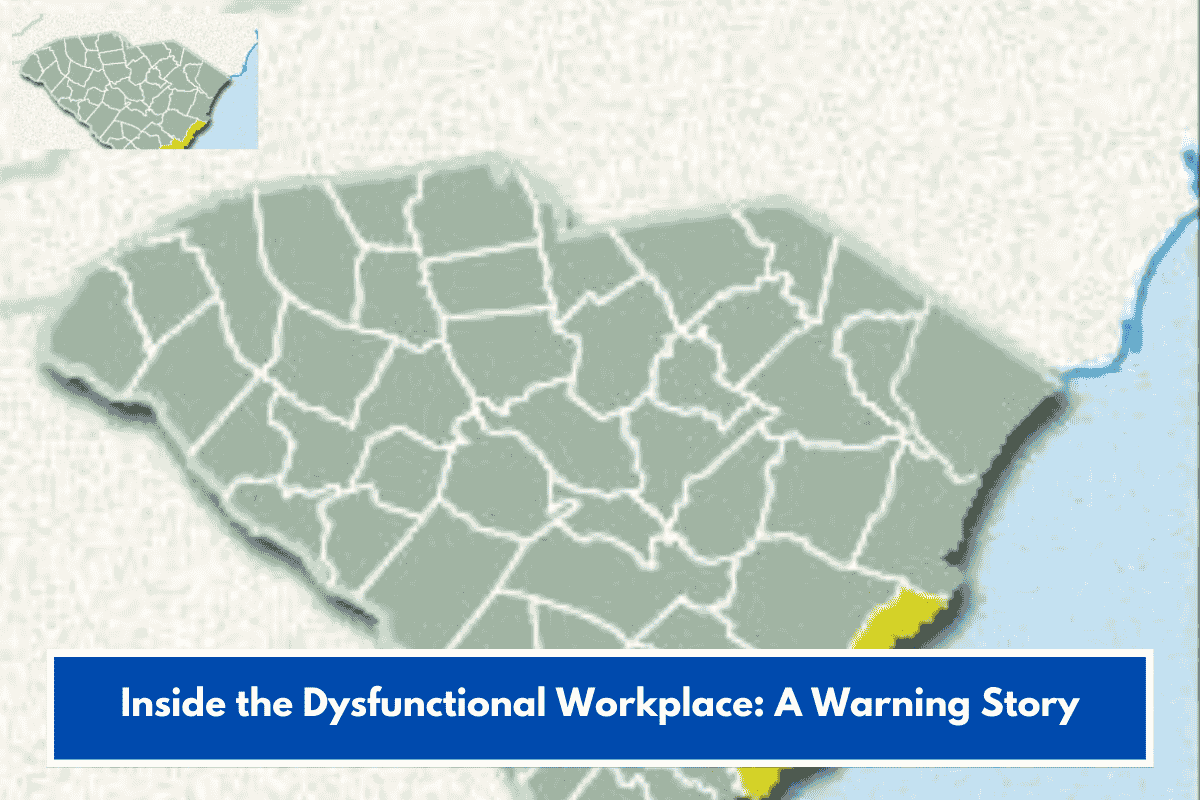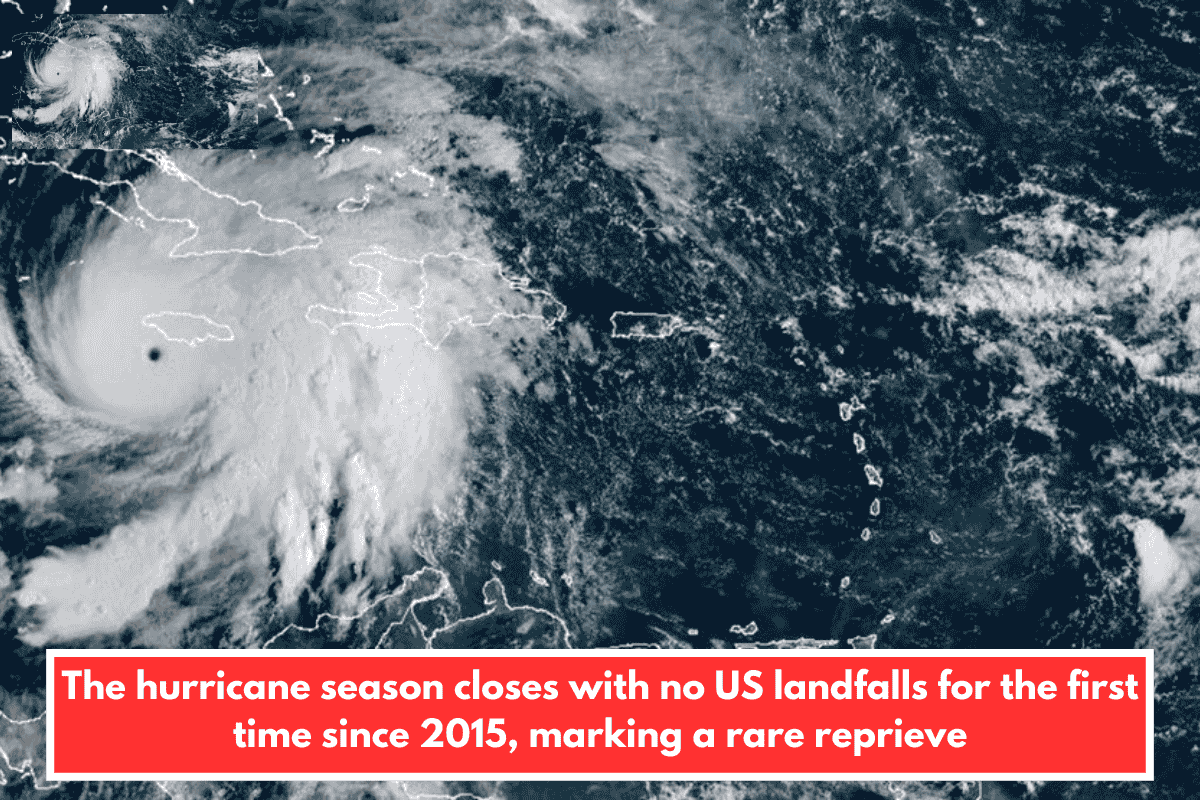As inflation continues to rise and economic uncertainty looms, Social Security beneficiaries are facing a troubling outlook for 2026. While the annual Cost-Of-Living Adjustment (COLA) is expected to provide some relief, it’s unlikely to keep up with the financial pressures retirees are facing. But why is this happening?
What is COLA and Why Does It Matter?
Since 1975, the COLA has been designed to help retirees maintain their purchasing power by adjusting their Social Security benefits according to inflation, which is measured by the Bureau of Labor Statistics (BLS).
As of June 2025, the Senior Citizens League (TSCL) has projected the 2026 COLA at 2.5%, slightly up from 2.4% the previous month. While this is a modest increase, it’s unlikely to match the rising costs retirees face, especially in critical areas like healthcare, housing, and groceries. This delay in relief means that seniors are paying more today and waiting months for adequate compensation.
Why 2026 COLA Might Not Help Retirees
The COLA is calculated using the Consumer Price Index for Urban Wage Earners and Clerical Workers (CPI-W). However, millions of retirees may struggle with the 2026 COLA because the CPI-W is based on data that doesn’t accurately reflect the spending habits of older Americans. The CPI-W tracks the spending of urban wage earners, a group very different from retirees.
For example:
A typical worker spends only 7% of their income on healthcare.
Retirees, however, spend around 16% or more on healthcare, as per the Senior Citizens League.
This difference means that the CPI-W consistently underestimates inflation for seniors, leading to up to a 20% loss of purchasing power since 2010.
A Better Index? The Need for CPI-E
Many experts believe that a better measure, the Consumer Price Index for the Elderly (CPI-E), would more accurately reflect the cost burdens of older Americans. However, legislative inertia has kept the outdated CPI-W in place for COLA calculations, leaving retirees with less effective support.
Concerns About Data Collection
Another growing concern is the reliability of the inflation data used to calculate COLA. Due to a hiring freeze at the Bureau of Labor Statistics (BLS), data collection has been significantly reduced. This means inflation figures may be based on modelling, rather than actual data, potentially skewing the COLA calculation for 2026.
External Factors: Tariffs and Inflation
The Trump administration’s tariff policies could also contribute to higher consumer prices later this year. This could lead to an increase in inflation, but the impact may not be captured in time for the 2026 COLA calculations.
Already, consumer prices rose 2.4% in May, while the CPI-W increased by just 2.2% over the last 12 months. However, 80% of seniors surveyed by TSCL believe their real inflation rate is actually higher than 3%.
A No-Win Situation for Retirees
All these factors lead to a no-win scenario for retirees. They are caught between:
Slow inflation that increases their living costs.
An outdated inflation index that doesn’t capture their spending realities.
Inaccurate data collection methods that could lead to flawed COLA adjustments.
A volatile economy, with policies that could drive inflation even higher.
What Does This Mean for Retirees?
Unfortunately, the 2026 COLA is expected to be insufficient in helping retirees keep up with rising costs. Despite a small increase, the gap between what retirees need and what the COLA provides continues to grow, leaving many in financial distress.














